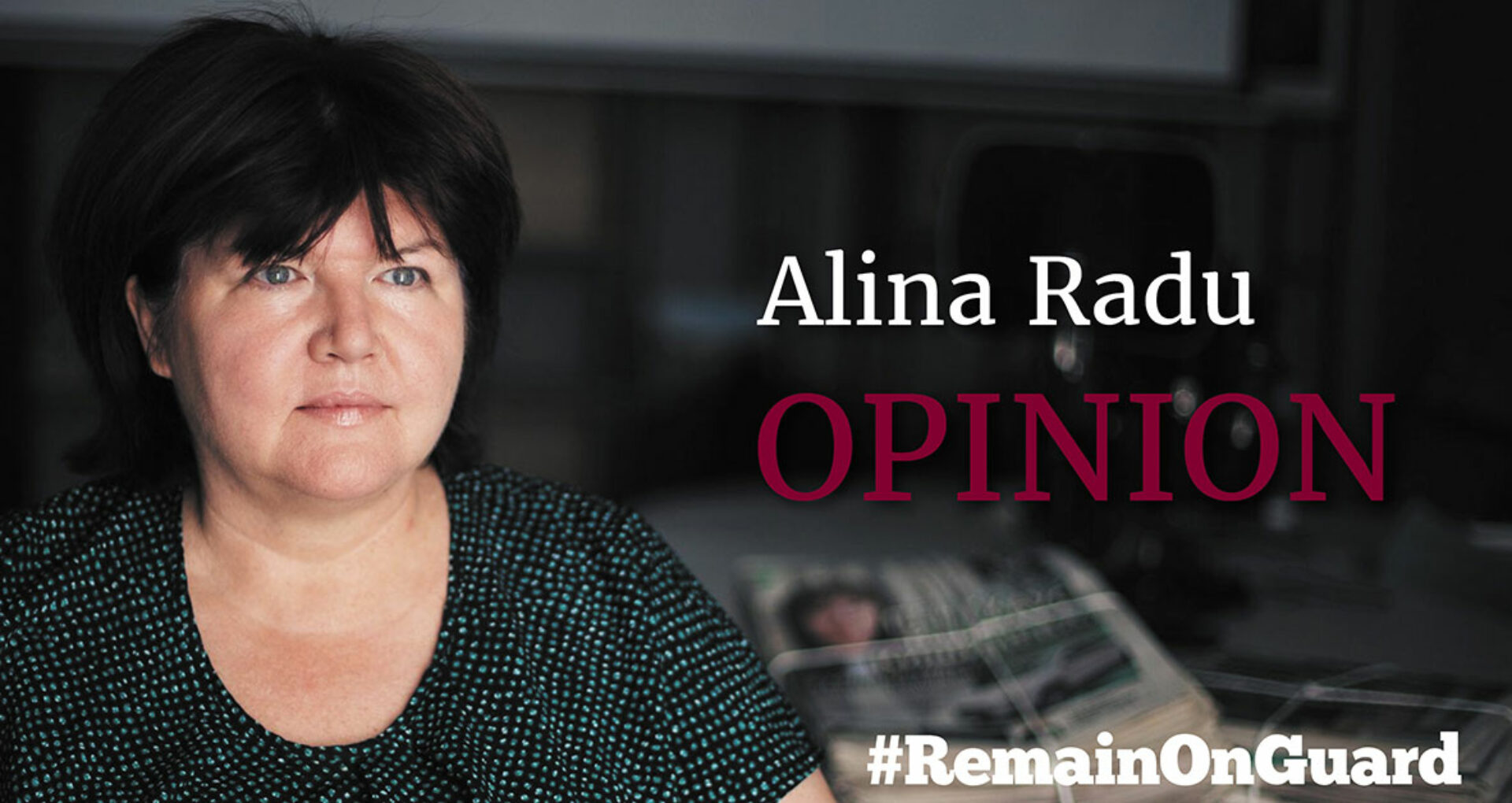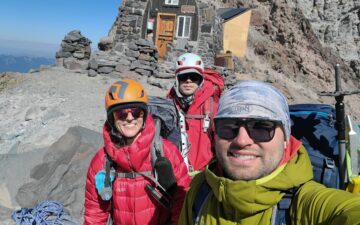EDITORIAL: The Russian Army, the Sweet Beast, and the Vulnerable People

In recent days, the Russian Federation has conducted several military exercises, wanting to show off its army strength and armament power. Strangely, in these efforts, they repeatedly used the image of the weak, fragile, vulnerable, small. The Republic of Moldova was targeted.
On August 27, the day Moldova celebrated 30 years of independence, military exercises were conducted in Sevastopol, Crimea, under the title: “Army – 2021”, in which three Russian tanks were circling on a concrete plateau and six ballerinas were dancing in the dust at their fingertips. All this took place on a well-known musical background, the song “My sweet and tender beast” by Eugen Doga. Did the Russian military ask for the right to use Eugen Doga’s song from the small (but talent-rich) country of Moldova in these military exercises in Crimea, an area that has been wrongfully occupied and not recognized by the international community? I found it hard to identify this fact, but they probably went on using the same principle: if you take territory without asking, why couldn’t you take a song?
Ballerinas, fragile and vulnerable beings, were downright exploited in the Russian Army’s military exercises at the end of August. A few days earlier, on August 23, a ballerina was forced to dance Swan Lake on a tank. No, there were no spectators, just tankers, commentators, drones, and the ballerina forced to dance around the pipe. At least “Swan Lake” is written by a Russian, Pyotr Tchaikovsky. But would he have wanted this opera to be danced on a tank or in theatres? That is up to the Russian authorities to decide.
On August 29, in the Ural Mountains, the “Army-2021” exercise offered an even more grotesque spectacle again linked to Moldova, the smallest state in the former USSR. In the city of Yekaterinburg, the reconstruction of the military operation Iași-Chișinău of 1944 took place, as conceptualized and understood by the Russian Army: the occupation of a hamlet was organized with the help of the army and tanks, demonstrating the destruction of the enemies. Why should the people of the Urals of 2021 see a Moldovan hamlet occupied and destroyed by tanks, being told that this is how one liberates Moldova? The commander of the army involved in this operation in Yekaterinburg, Alexander Lapin, had an explanation: “The visitors once again had the opportunity to see the power, strength, and glory of Russian weapons, which not once have proved their effectiveness”.
The glory of Russian weapons has its dark moments. With them, you can conquer territories, but you cannot win recognition. The Russian army has image difficulties, Russian experts say so themselves. August was no exception. On August 27, the day Moldova celebrated 30 years of separation from the USSR, and while Russian tanks in Sevastopol rolled among the ballerinas to the tune of Romanian Basarabian Eugen Doga, a SU-24 bomber crashed in the Russian city of Perm. On August 18, a MIG-29 military aircraft crashed near Astrahan. On August 17, an Il-112B crashed near Moscow. On 31 July, a SU-35 military aircraft crashed in the Sea of Ohotsk. All these accidents resulted in military casualties and deaths.
On September 19, Russian citizens, including those from Moldova, will go to the polls. They all want a strong Russia, so they feel protected. But does the army and military technology make people feel safer when prices rise, incomes fall, migration spikes? In the meantime, a new Russian military exercise is targeting Moldova.
On the morning of September 2, 2021, in Tiraspol, a military parade with Russian technique is being organized, preceded by a tandem flag-raising ceremony: that of the Transnistrian entity not recognized by any state in the world and that of the Russian Federation.
The ceremony takes place for the 31st year in a row: the military technique of the Soviet and Russian armies under the flags of the two entities: Russia – the largest state in the world and the Transnistrian republic – one unrecognized for 3 decades. Two entities that are very fond of the concept of the manifestation of armed force while citizens are waiting for the power of democracy.



